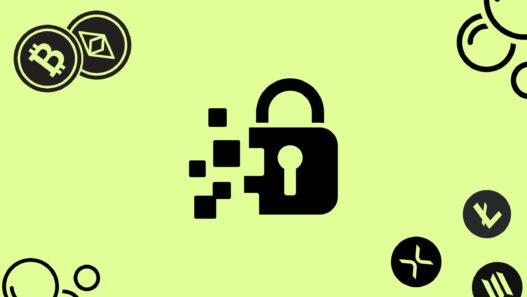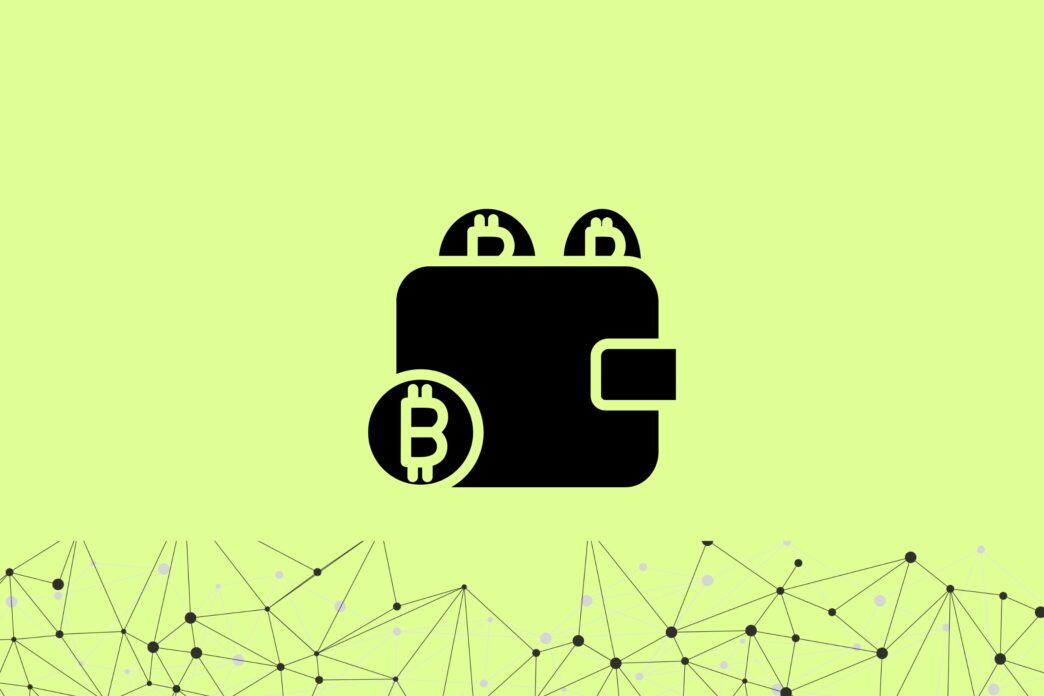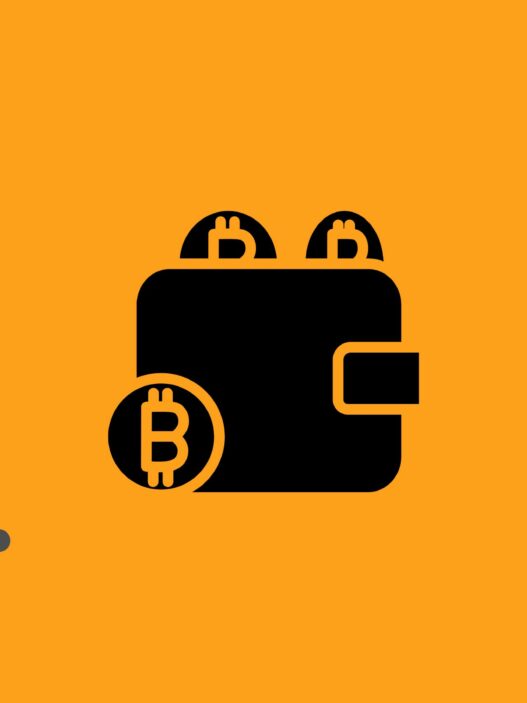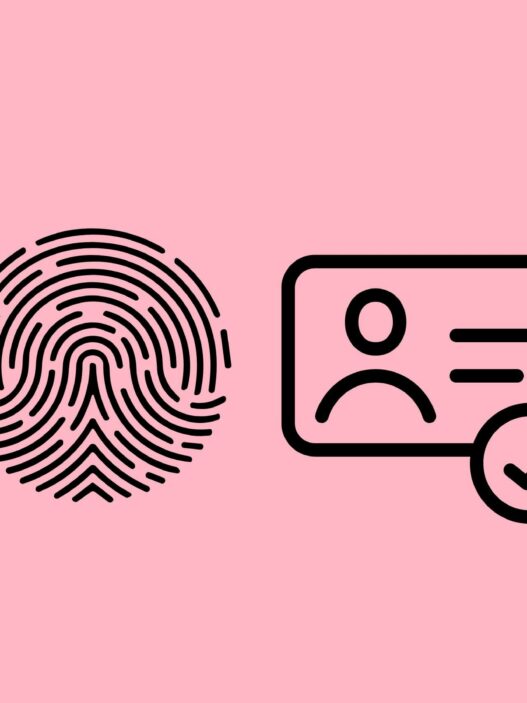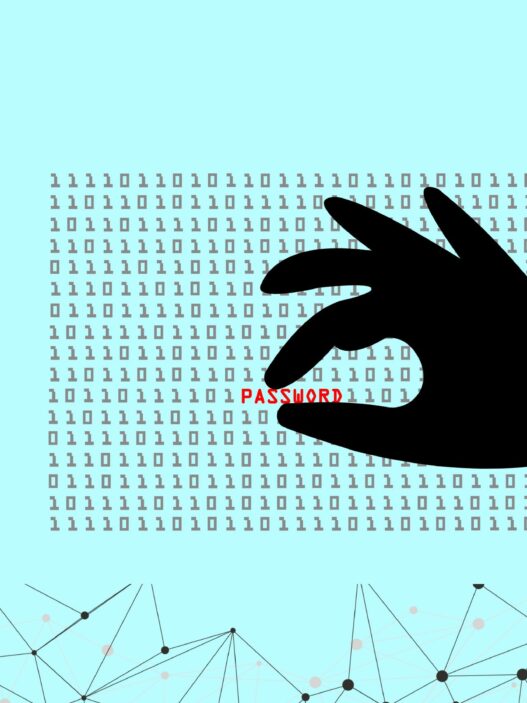Imagine you’ve just stepped into the world of cryptocurrency. Maybe you’ve heard about Bitcoin or Ethereum from a friend, and you’ve decided to buy a little to see what it’s all about. As a complete newbie, your first thought might be: “What even is this stuff, and how do I keep it safe?” Unlike the dollar bills in your wallet or the money in your bank account, cryptocurrency is a totally different beast—it’s digital money that only exists online. There’s no physical coin to hold, and no bank to call if something goes wrong. Instead, it’s built on a secure, decentralized system called the blockchain, protected by complex codes. Naturally, this leads to a big question: “Where do I put my crypto so it doesn’t disappear?”
That’s where crypto wallets come into play. But don’t think of a wallet like the one in your pocket—it’s not a physical thing. A crypto wallet is more like a digital keychain that holds the special codes (called private keys) you need to access your money on the blockchain. Now, here’s where it gets interesting: there are two main types of wallets. Hot wallets stay connected to the internet, making them handy for quick use, while cold wallets stay offline, keeping your crypto locked away from online dangers like hackers. If you’re wondering, “Why can’t I just leave my crypto where I bought it, like on an exchange?” or “Is my money safe there?”—you’re not alone. For better protection, especially as you dive deeper into crypto, cold wallets are often the way to go. So, what makes them so special, and why do they matter?
What Is a Cold Wallet?
At its core, a cold wallet is a cryptocurrency wallet that keeps your private keys—the secret codes that grant access to your digital funds—completely offline. Unlike hot wallets, which are connected to the internet (think mobile apps or exchange accounts), cold wallets operate in isolation, shielding your assets from online threats like hackers, malware, and phishing schemes.
The “cold” in cold wallet refers to this lack of internet connectivity, a feature that makes them a fortress for long-term storage. Cold wallets come in several forms, each with its own approach to offline security:
- Hardware Wallets: These are physical devices, often resembling USB drives, designed specifically to store private keys offline. Popular examples include the Ledger Nano X and Trezor Model T.
- Paper Wallets: A low-tech option, paper wallets involve printing your public and private keys (often as QR codes) onto a piece of paper, which you then store securely.
- Air-Gapped Devices: These are computers or smartphones that have never touched the internet, repurposed solely to manage crypto keys and sign transactions.
The guiding principle is straightforward: if your private keys aren’t online, they can’t be stolen remotely. As Investopedia puts it, cold wallets are “considered the most secure way to store cryptocurrency,” a claim that has made them a cornerstone of crypto safety.
How Do Cold Wallets Work?
To grasp how cold wallets function, let’s first cover the basics of cryptocurrency ownership. Every crypto wallet relies on two cryptographic keys:
- Public Key: Think of this as your account number—it’s what you share to receive funds.
- Private Key: This is your password, used to sign transactions and prove ownership of your assets. Losing it—or letting it fall into the wrong hands—means losing your crypto.
In a hot wallet, both keys are stored on an internet-connected device, leaving them vulnerable to cyberattacks. Cold wallets flip this model by keeping the private key offline, ensuring it’s never exposed to the digital wild west.
Here’s a step-by-step look at how a cold wallet handles a transaction:
- Initiating the Transaction: You start by creating a transaction on an internet-connected device, like your computer or phone. This device generates an unsigned transaction—a request to move funds—but lacks the private key to authorize it.
- Offline Signing: You transfer this unsigned transaction to your cold wallet. For a hardware wallet, this might mean plugging it into your computer or scanning a QR code. For a paper wallet, you’d manually input the private key into an offline tool. The cold wallet signs the transaction using the private key, all without ever connecting to the internet.
- Broadcasting to the Blockchain: The signed transaction is sent back to the online device (via USB, QR code, or manual entry) and broadcast to the blockchain network, where it’s processed and recorded.
This offline signing process is the secret sauce of cold wallets. By isolating the private key, they eliminate the risk of online theft, making them a favorite for storing significant crypto holdings.
Benefits of Cold Wallets
Cold wallets have earned their reputation as the gold standard in crypto security for good reason. Here are their standout advantages:
- Unmatched Security: With private keys kept offline, cold wallets are impervious to online hacks, malware, and phishing attacks. This makes them the safest option for protecting large sums of cryptocurrency.
- Ideal for Long-Term Storage: For “HODLers”—crypto investors who buy and hold for years—cold wallets offer peace of mind. Even if your phone or computer is compromised, your offline funds remain secure.
- Full Ownership: Cold wallets embody the crypto mantra “not your keys, not your coins.” Unlike exchange accounts, where a third party holds your keys, cold wallets give you total control, free from the risk of exchange hacks or insolvency.
- Broad Compatibility: Many cold wallets, especially hardware devices, support a wide range of cryptocurrencies—Bitcoin, Ethereum, and thousands of altcoins—making them a one-stop solution for diverse portfolios.
- Robust Backups: Most cold wallets provide a recovery mechanism, like a seed phrase (a 12-24 word sequence). If your device is lost or damaged, this phrase lets you restore your wallet and funds on a new device.
Forbes calls cold wallets “the gold standard for securing cryptocurrency,” a view shared by security experts who see them as essential for serious investors.
Potential Risks of Cold Wallets
Despite their strengths, cold wallets aren’t flawless. Here are some risks to keep in mind:
- Physical Vulnerability: Hardware and paper wallets are tangible objects that can be lost, stolen, or destroyed. Without a backup—like a seed phrase—losing your wallet means losing your funds permanently.
- User Responsibility: Cold wallets demand a degree of technical know-how. Missteps, such as forgetting your seed phrase or exposing it to others, can lead to irreversible losses.
- Inconvenience: Unlike hot wallets, which enable instant transactions, cold wallets require extra steps to sign and broadcast trades. This makes them less practical for frequent spending or trading.
- Upfront Cost: Hardware wallets, the most popular cold storage option, range from $50 to $200. While this is a small price for security, it’s a barrier for some users compared to free hot wallets.
- Setup Risks: Although the wallet itself is offline, the initial setup often involves online software. If you’re not cautious, phishing attacks during this phase could compromise your keys before they’re secured.
Coinbase highlights this trade-off, noting that cold wallets are “highly secure” but “require more effort to set up and use” than their hot counterparts.
When Should We Use Cold Wallets
Cold wallets serve a variety of purposes, catering to different needs within the crypto community. Here are some key use cases:
- Long-Term Investment: Investors planning to hold assets for years use cold wallets to shield their crypto from online threats and market volatility.
- Wealth Protection: High-net-worth individuals with substantial crypto portfolios rely on cold storage to safeguard their digital fortunes.
- Business Operations: Companies holding cryptocurrency—for payments, investments, or reserves—use cold wallets to secure large sums against breaches.
- Crypto Whales: Big players who own significant amounts of a single cryptocurrency use cold storage to prevent theft or market manipulation.
- Estate Planning: Cold wallets allow users to store crypto for heirs, with seed phrases passed down securely as part of a will.
- Hot Wallet Backup: Some keep most of their funds in cold storage, using hot wallets only for small, everyday transactions.
These use cases highlight the versatility of cold wallets, making them a Swiss Army knife for crypto security.
Who Uses Cold Wallets?
Cold wallets attract a diverse crowd, united by a shared need for robust security:
- Individual Investors: From casual hobbyists to dedicated crypto fans, anyone looking to protect their assets over the long haul.
- Institutional Players: Hedge funds, family offices, and corporations holding crypto as part of their portfolios or treasuries.
- Exchanges: While exchanges use hot wallets for quick transactions, many store the bulk of their reserves in cold wallets to mitigate hack risks.
- Developers and Projects: Blockchain teams managing development funds or token treasuries opt for cold storage to ensure safety.
- Privacy Enthusiasts: Those who value anonymity and minimal digital exposure favor cold wallets for their offline design.
This broad appeal underscores cold wallets’ status as a universal tool in the crypto toolkit.
The Future of Cryptocurrency Wallets
As cryptocurrency matures, so will the technology behind cold wallets. While they’ll remain a bedrock of security, expect these innovations to shape their future:
- Enhanced Usability: New designs may simplify setup and usage, lowering the barrier for non-tech-savvy users with intuitive interfaces.
- DeFi and NFT Integration: With decentralized finance (DeFi) and non-fungible tokens (NFTs) booming, cold wallets could evolve to support secure interactions with these ecosystems.
- Multi-Signature Features: Adding multi-signature requirements—where multiple keys must approve a transaction—could boost security further.
- Biometric Advances: Fingerprint or facial recognition could replace or complement seed phrases, making access both secure and user-friendly.
- Cross-Chain Support: As multi-chain networks grow, cold wallets may offer seamless compatibility across blockchains, unifying diverse holdings.
Crypto Casey, a popular YouTube educator, predicts that “cold wallets will continue to be the backbone of crypto security,” adapting to meet the demands of an increasingly complex digital landscape.
Cold wallets stand as the pinnacle of cryptocurrency security, offering a bulletproof way to protect digital assets by keeping private keys offline. Though they require more effort and carry risks like physical loss, their benefits—unrivaled security, full ownership, and long-term reliability—make them indispensable for serious crypto users. From solo investors to global institutions, cold wallets are trusted to guard wealth in a volatile, high-stakes world.
As crypto adoption surges, cold wallets will evolve, balancing security with accessibility. Whether you’re holding Bitcoin, Ethereum, or a mix of altcoins, mastering cold storage is a vital step toward securing your place in the future of finance.







